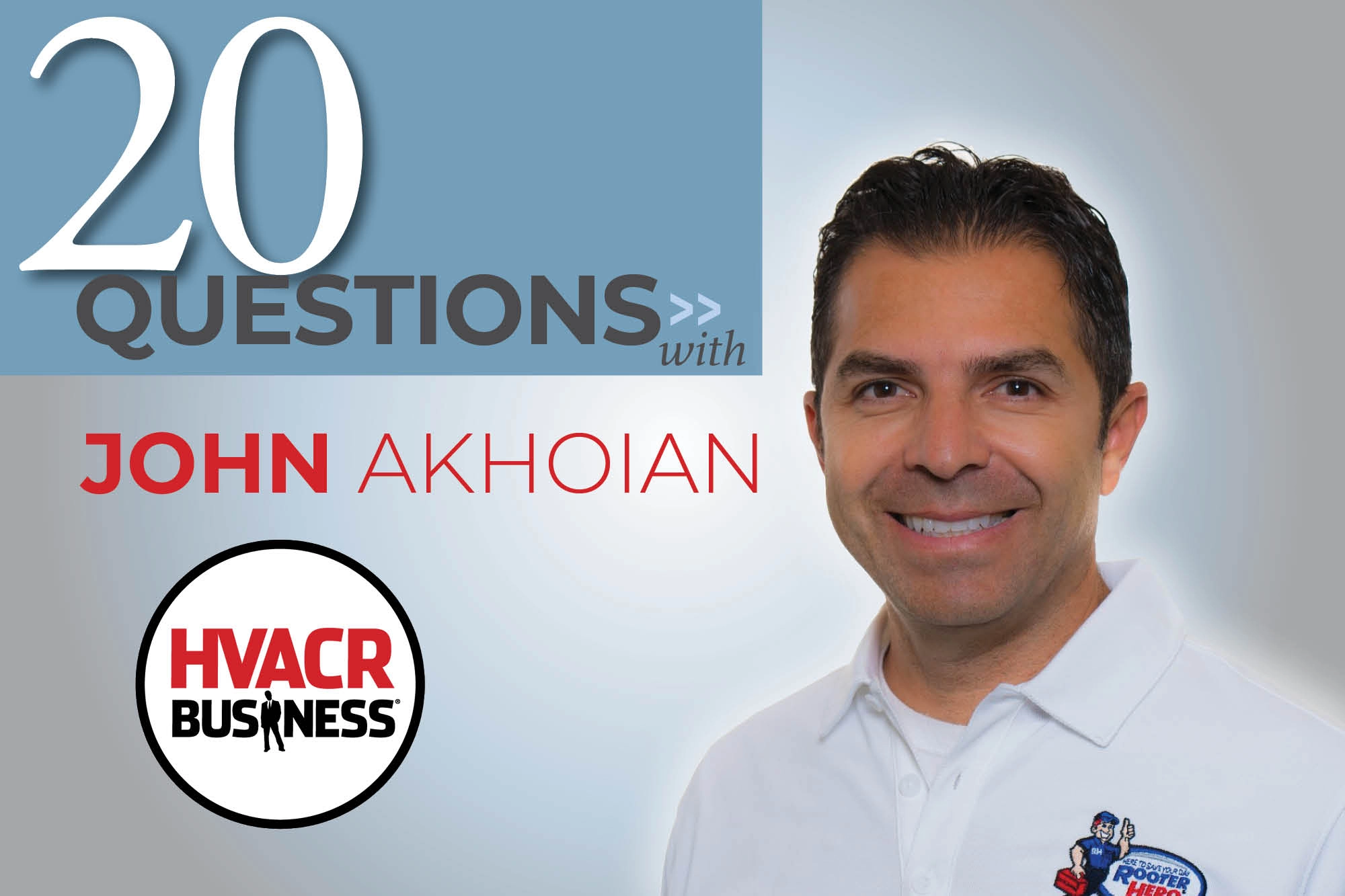HVACR Business Editor Pete Grasso recently met with Charles Fletcher, executive vice president of EMCOR Services Mesa Energy Systems in Irvine, Calif. Fletcher discusses growing an energy business from scratch, focusing on culture and the future of mechanical contracting.
1. What is the makeup of Mesa Energy Systems?
EMCOR Services Mesa Energy Systems is a mechanical services company first and foremost. When I started the company in 1983, MESA stood for Managed Energy Systems Applications. My partner and I wanted to be involved in high tech stuff and save energy, so we're really an energy solutions company that does HVACR.
2. Your background/education is in math — how did you get started in HVACR?
I guess I must be an entrepreneur. When my wife and I moved in 1978 to Del Mar, Calif., I had a painting company called Foggy Day Painting — "If it's sunny, we're at the beach." I was a beach bum. A buddy of mine had an air conditioning company and I went to work for him. Within about a year, I was running his company.
3. How did you make the transition from sheet metal worker, operations manager and sales engineer to starting your own business?
Because I have a math background, I always tell people I'm an engineer gone bad. If I've had any strength, it's that I understand technology and quickly understand how to bottle and sell it.
4. What is your business philosophy?
As we've matured as a company, we've realized one of the most important things we can preserve is our culture. We used to hire people because they were great at what they did and then we came to realize, "This person is not worth any amount of money if he/she is upsetting our culture."
5. So, company culture is number one?
If you keep a positive culture, and you have people who want to win, who want to grow, who want opportunity and you maintain a positive culture within your company, you're going to keep attracting good people.
6. When did you really start to grow?
We were small in 1988, and then we doubled from '88 to '89. We weren't that big, but we doubled every year into the early 90s, so we started getting momentum and attracting a bunch of people. And we got to about $10 million on our own money.
7. How did you keep up with that growth rate?
We had to bring in middle management. Eight to $10 million gets too big. Once you get over that, then there's this whole other thing of acclimating middle management and trying to keep your vision aligned through that period.
8. How did your acquisition by EMCOR Group, Inc. help with expansion?
It made a tremendous difference. It provided us a strong capital base. It also provided us access to many important Fortune 500 resources. We made a conscious and informed effort to grow, and were powered by the resources required to do so. Combined with all of our organic know-how we had already built, we put our infrastructure in place, and got all of our operational procedures and processes together. And grow we did! Our expansion throughout California has been explosive.
9. How is the company structured now?
With EMCOR, nothing's really changed — yet everything's changed! With EMCOR, when you're performing well, you can be autonomous and "run."
10. What other advantages have you seen?
Our access to EMCOR's Fortune 500 expertise and programs in the areas of safety, marketing and HR, to name a few, is virtually limitless and invaluable. This provides us a tremendous competitive advantage when it comes to hiring, marketplace presence, etc.
11. Are there any projects Mesa has done that you're particularly proud of?
We are proud of all the projects we perform, and we are always honored to be selected by clients for projects. Many of the projects we perform, and many of the clients we work for, we aren't at liberty to talk about. Some of the rewarding projects we work on are where we reduce a client's carbon footprint by reducing their energy needs, often saving them 10-15 percent in the process.
12. Where do you turn to for training and education needs for your company?
We use outside sources a lot for sales training, so we're able to provide a range of training, depending on the needs. We also hired an in-house trainer and we have a Mesa certification. Our people can actually become a Mesa Energy certified technician.
13. What is FieldCentrix Enterprise Solution and how did you develop it?
When we were a smaller organization, it was possible for me to personally review every service ticket. I'd end up with 400 pieces of paper on my desk. Because cellular was just taking off and we had wireless mobile dispatch, plus my partner knew some pretty smart software guys, in 1996 we rolled out our own field service wireless communications network that let technicians communicate between the field and the home office via the Internet.
14. Mesa prides itself on being an energy solutions company — what does that entail?
You have to look at the building holistically and look at all the different systems within the building and make them work together. We tell customers they might spend a little more with us to do maintenance, but they'll save on repairs and save on energy. Their operational budget will actually shrink.
15. Buildings continue to get smarter — how can contractors keep up with the technology?
Our biggest initiative right now — across the board — is to become the best that we can in building integration. We're working with a company to bring data into an automation system and talk to the utility. We're not calling it DDC anymore or building automation. We're calling it building integration.
16. What regulatory issues are affecting commercial contractors the most?
It's the moving target on refrigeration and managing refrigerant. Taking the reporting down to real small equipment — that's pretty cumbersome. It's pretty tricky to manage refrigeration.
17. What role do large commercial contractors play in setting an agenda for regulatory affairs?
We've been on a lot of committees to help steer things. You think you're going to do great, and then politics takes over. Unfortunately, when politics take over, the agenda gets diluted and that's been my frustration.
18. What associations do you belong to?
We're involved in a lot. Our company is involved big time in MCCA, MSCA, ASHRAE, SMACNA … I'm more involved with the real estate stuff. I just came from this Bisnow group, which is kind of interesting. BOMA, IREM, IFMA … Anything with an acronym, basically.
19. Where do you see the commercial market headed in the next three years?
For Mesa, we're anticipating doing more work in the commercial office market. We also could see growth in the healthcare and data centers markets.
20. What advice would you give small commercial contractors looking to take the next step to grow their company?
Make sure you have infrastructure, processes and people in place to absorb the growth, and then find people with the skills, willing to put in the time to create growth. And they have to be principals. The only way you can grow the company is if the principals in that company are willing to put in the time.






